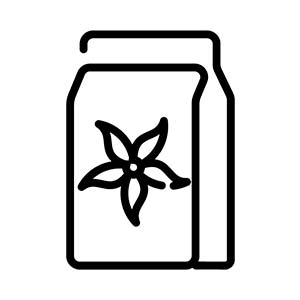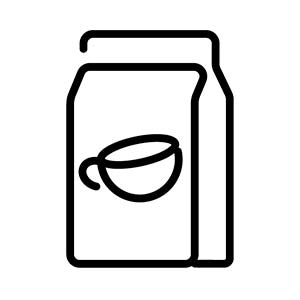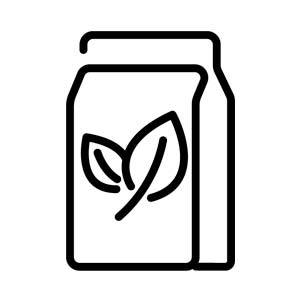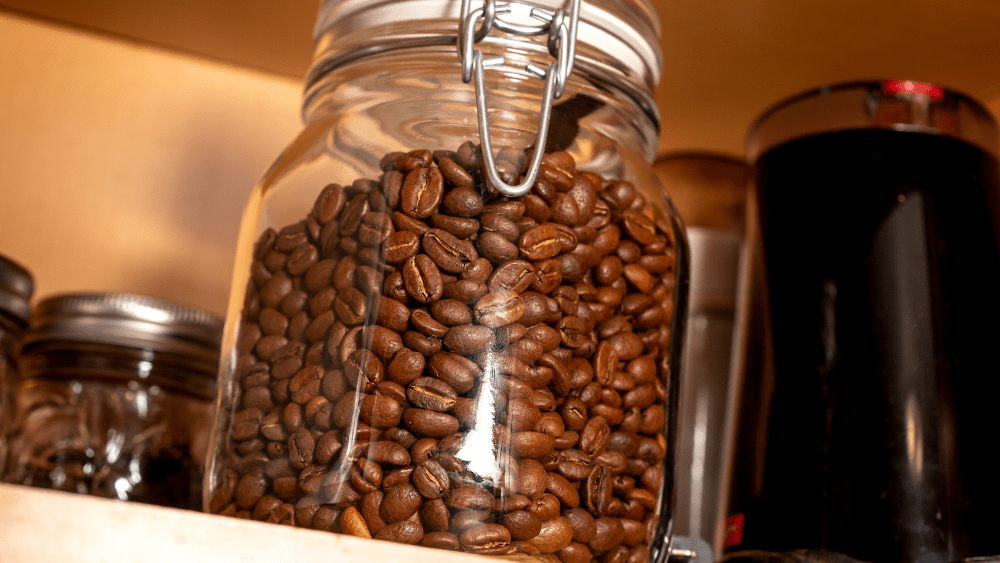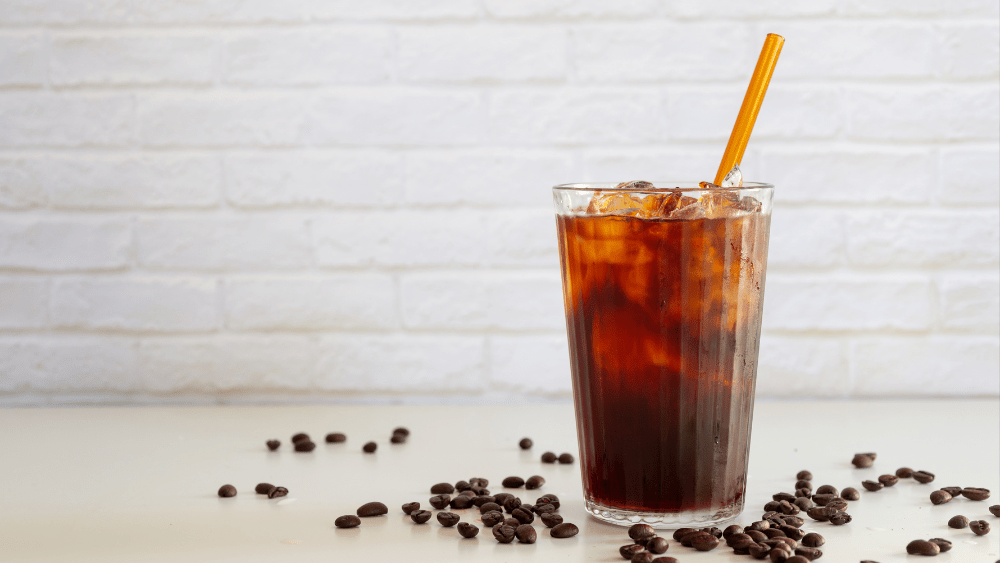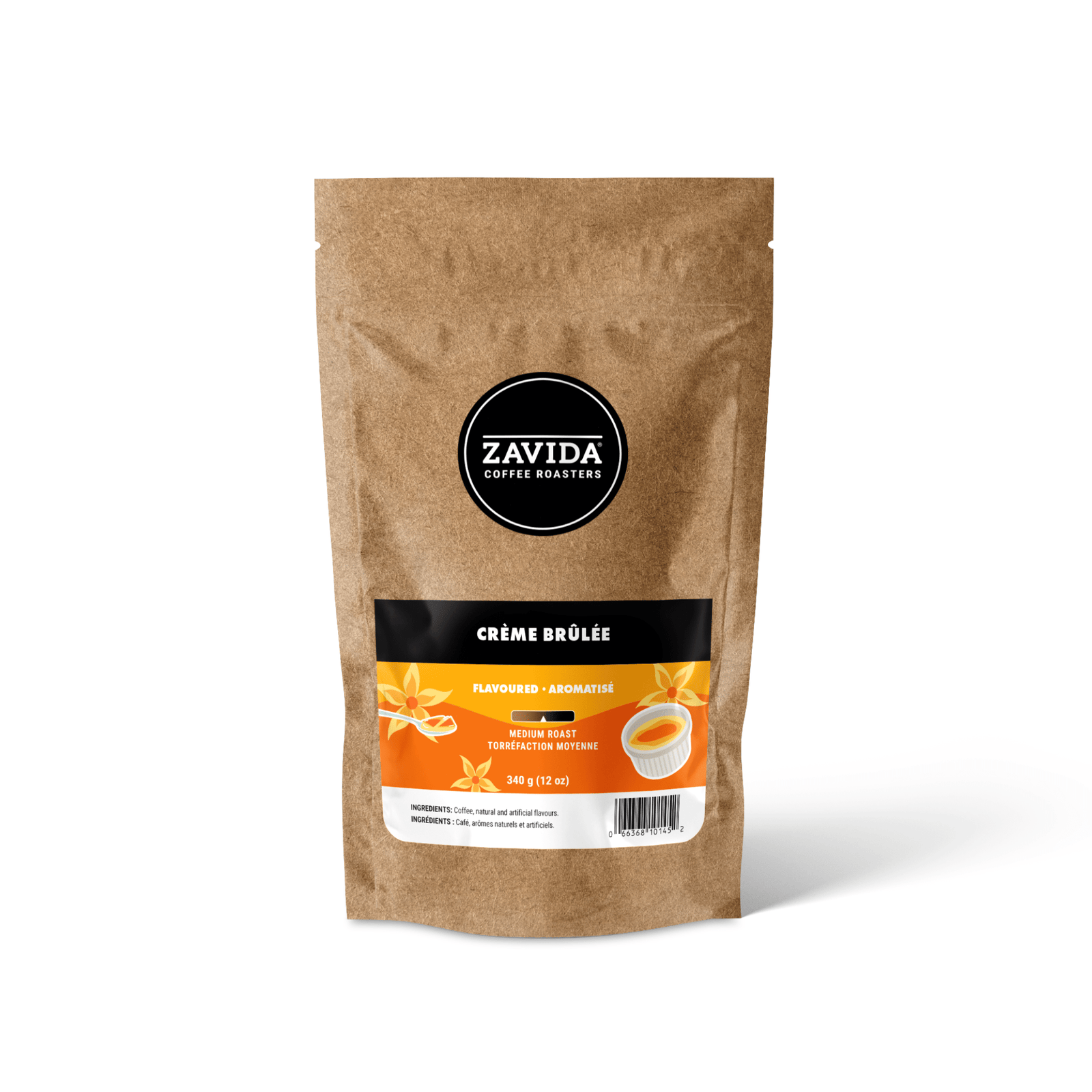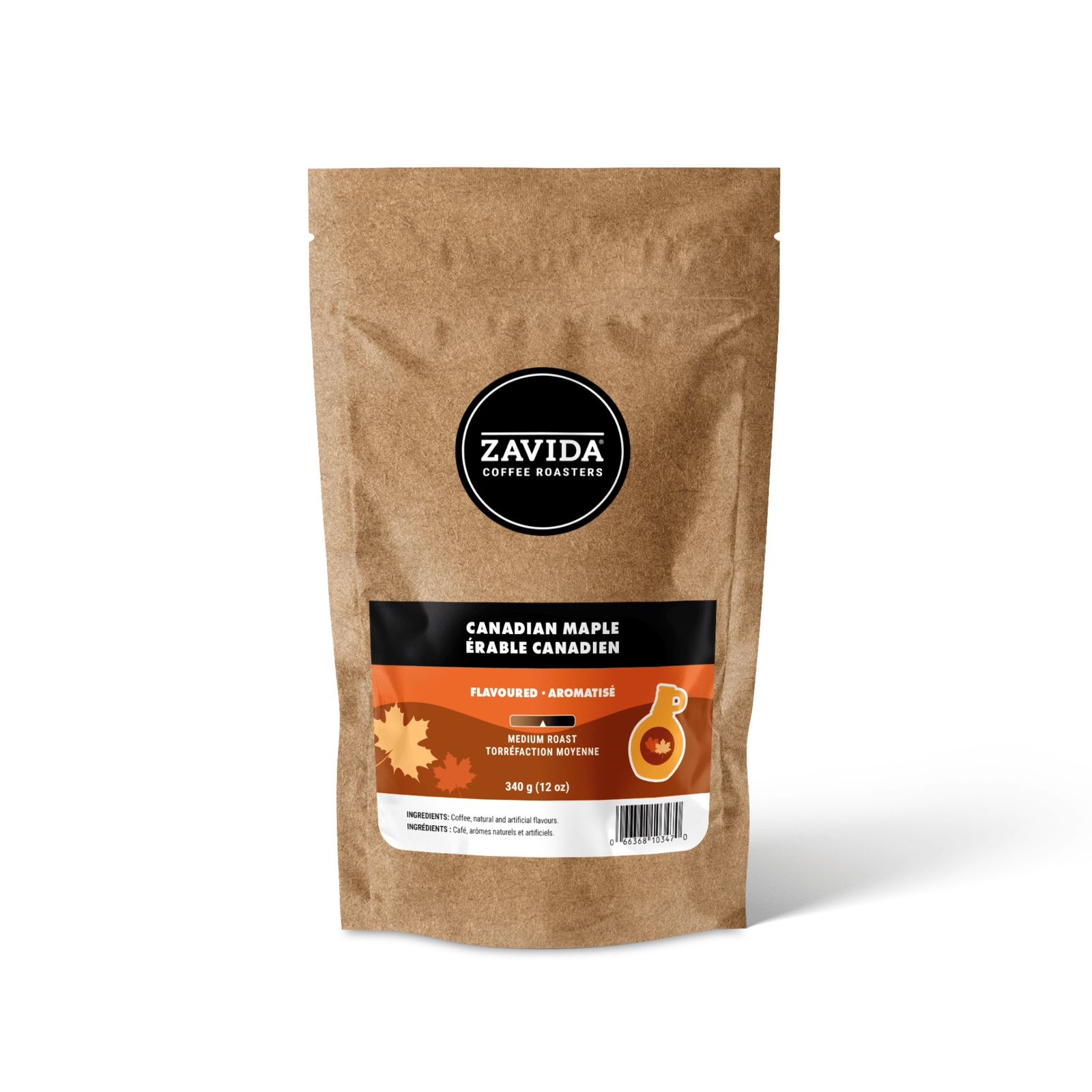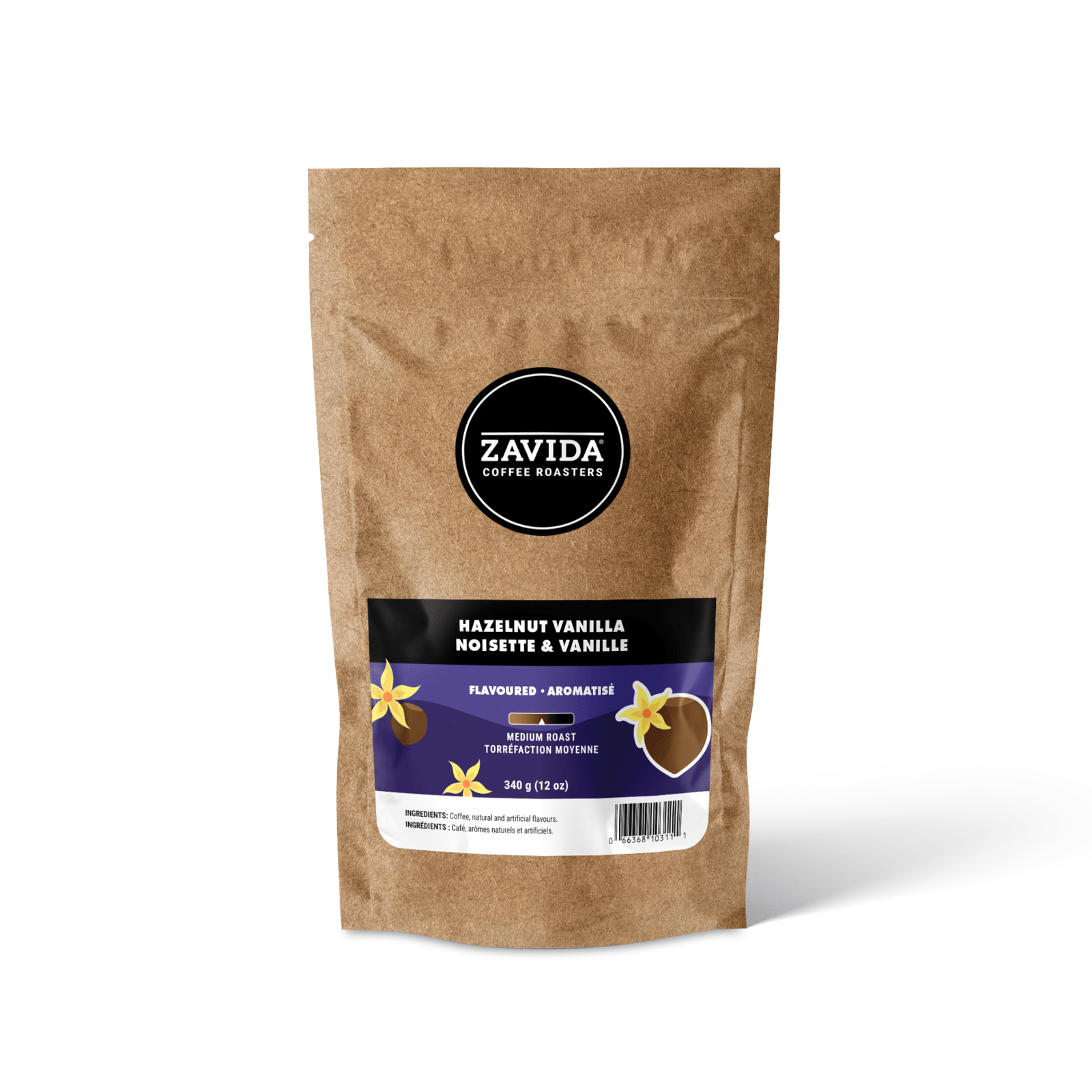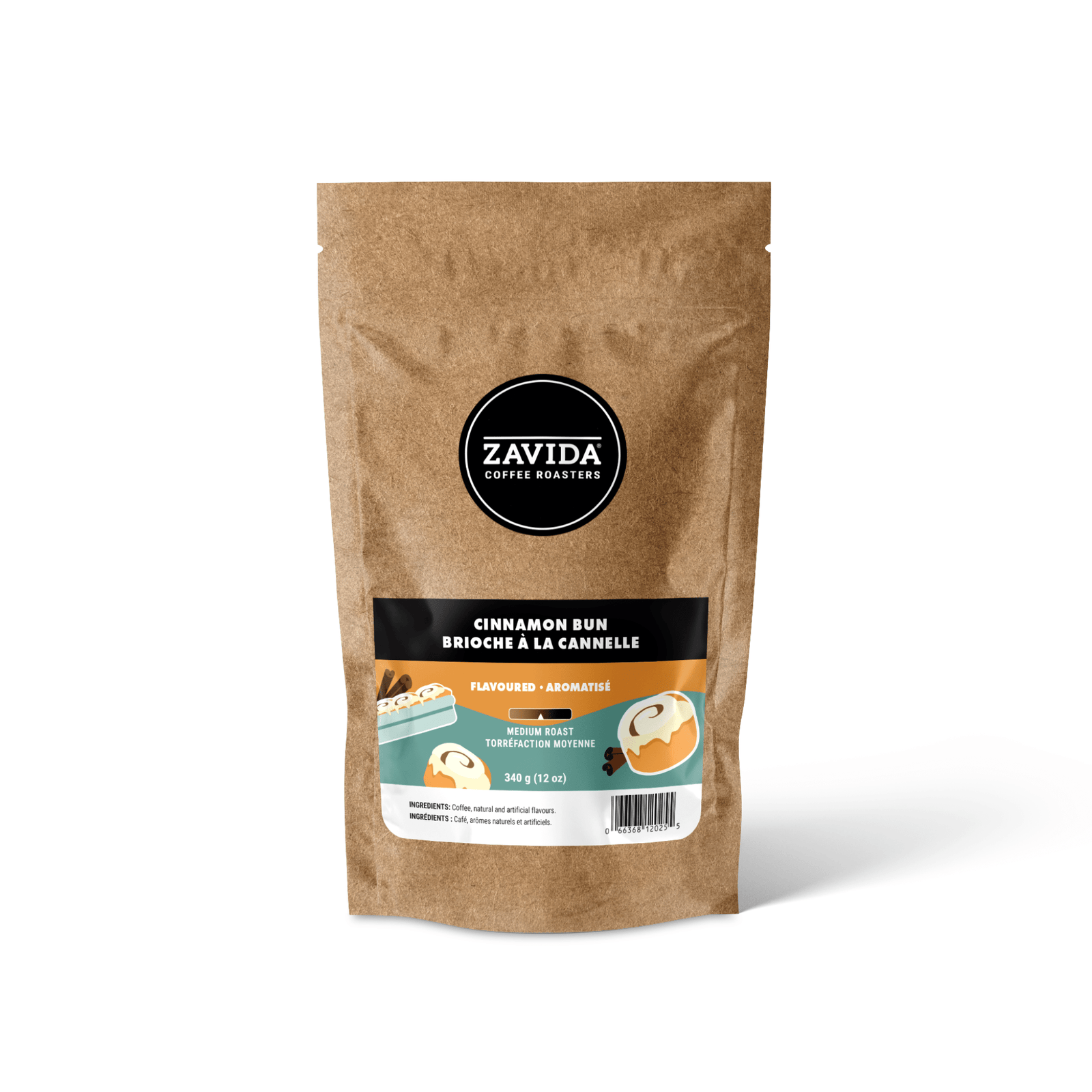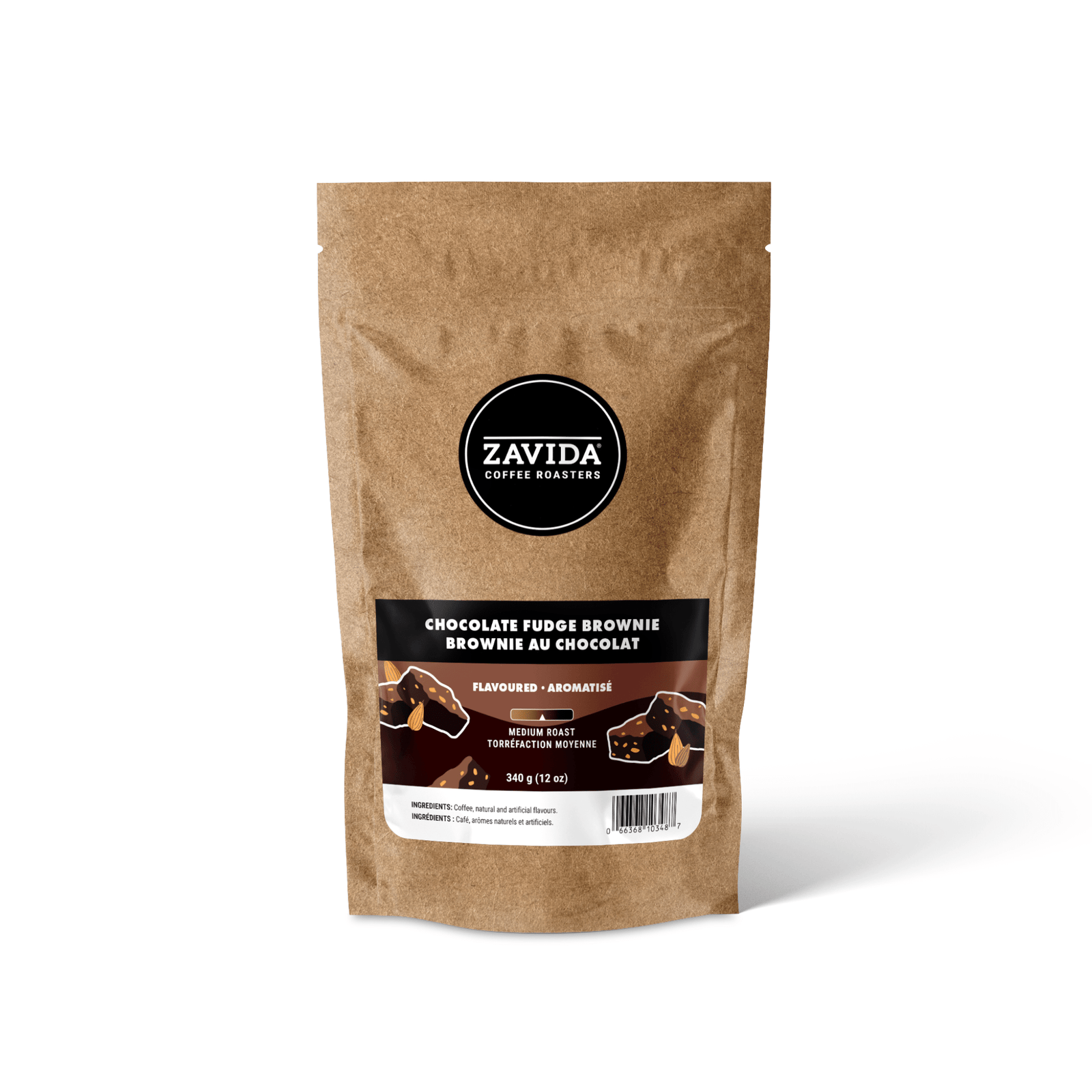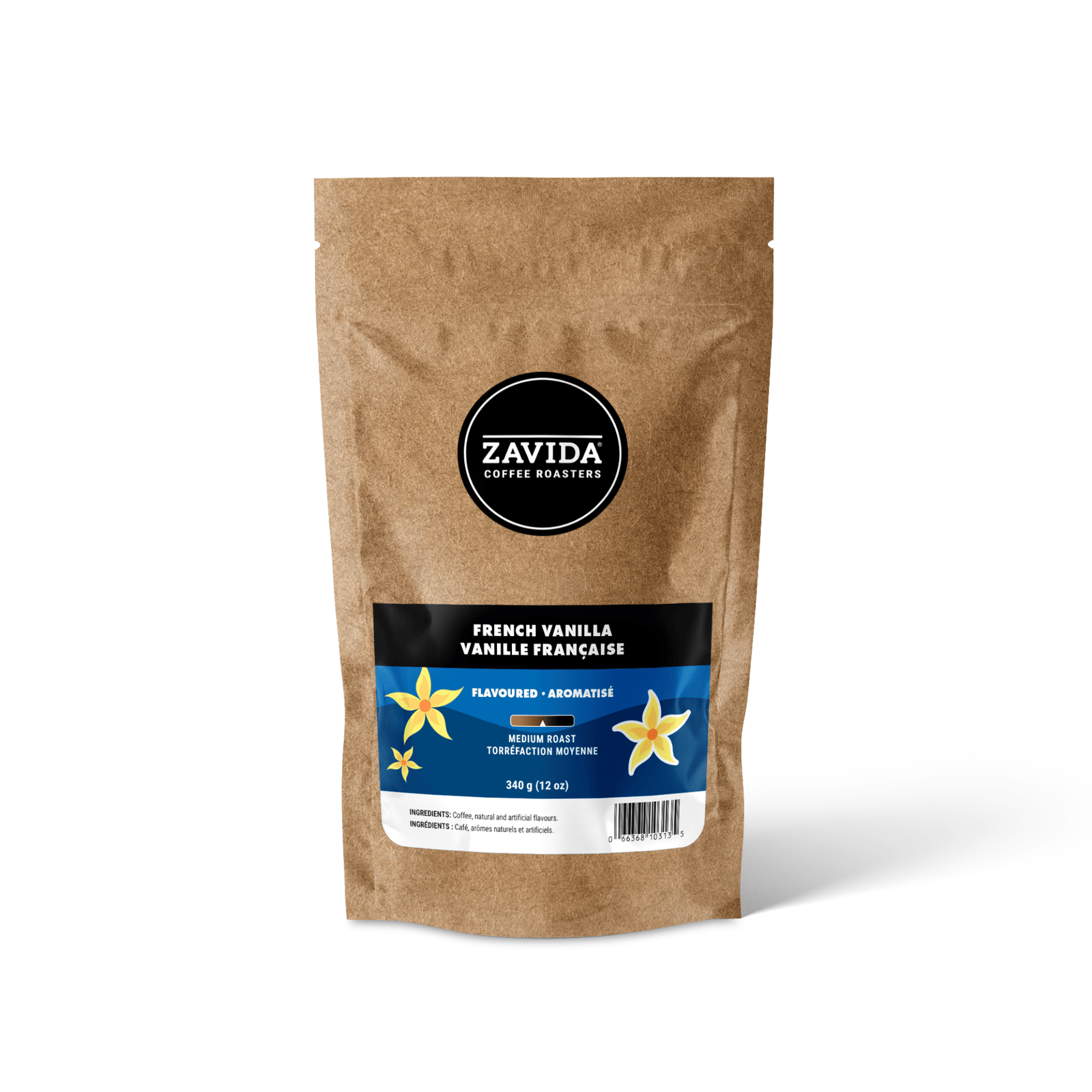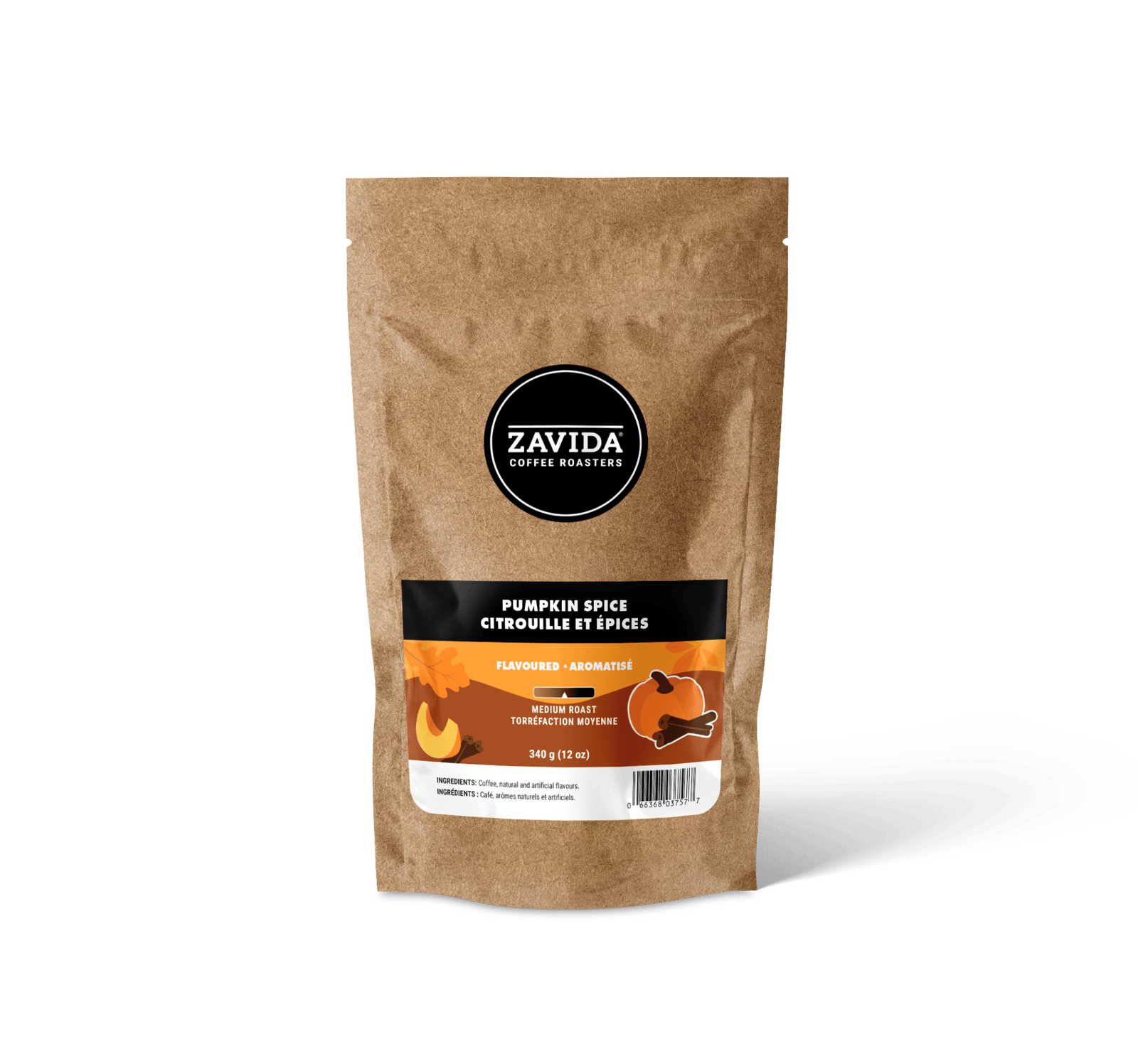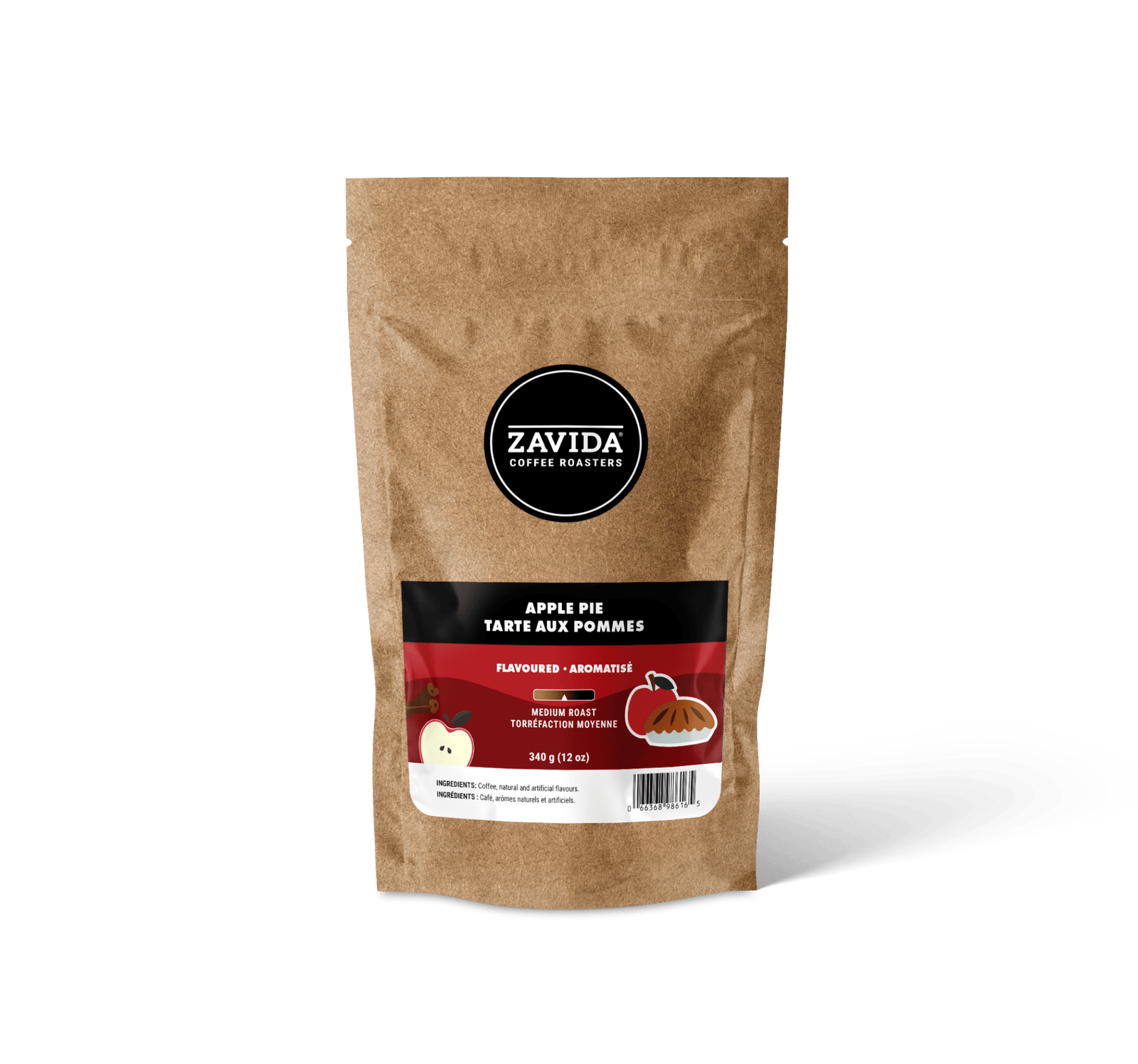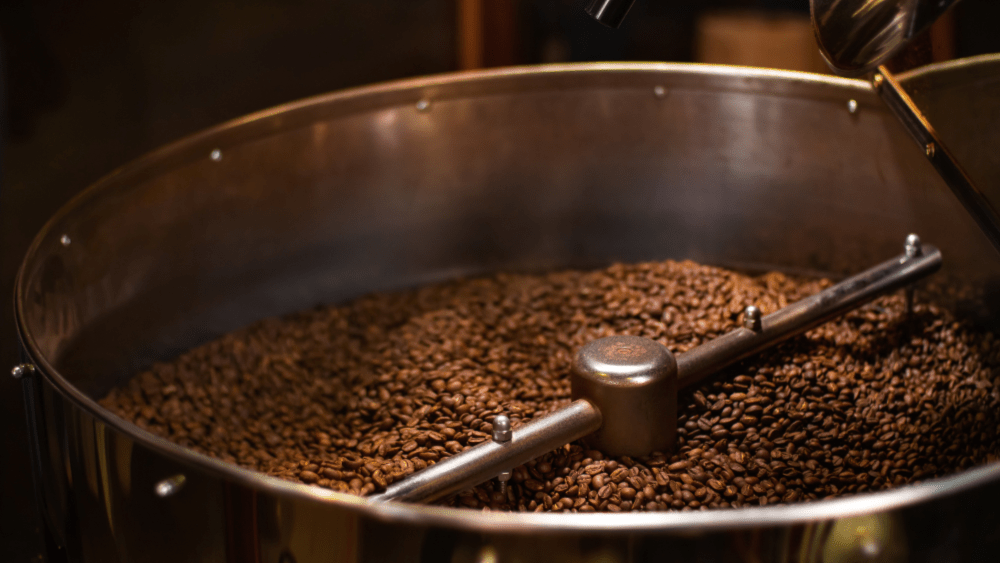
Believe it or not, roasting gourmet coffee is quite the scientific achievement! It involves several precise steps, a form of colour measurement, and at one point during the roast the coffee beans almost double in size and lose up to 25% of their original weight.
The truth is, while we’re extremely proud of our unique process, the technical side of coffee roasting doesn't exactly make for the most interesting blog post, but whatever you do, don’t tell our Roast Master – he’s a very sensitive fellow.
Whether you’re looking to impress co-workers in the lunchroom or have an interest in DIY projects and want to try roasting your own beans at home, we found 5 (interesting) things you may not know about coffee roasting:
Reaching the Colour Point
Once you arrive at the precise roast colour point, the bean needs to be rapidly cooled, to prevent further darkening. Coffee beans continue to get darker in colour, even after they've been taken out of the roaster!
Caffeine Levels
One of the most common misconceptions about coffee is that dark roasts have more caffeine – this is false! The longer a coffee bean is roasted, the less caffeine it has. So if you’re looking for more jolt in your morning cup of Joe, go with a light roast selection like our Original Hazelnut Vanilla.
Types of Roaster
There are many different types of coffee roasters – at Zavida, we primarily use perforated and solid drum roasters. The difference is perforated roasters recirculate heated air around the beans versus the heat being transferred directly through a solid drum.
Precise Measurements
As we mentioned earlier, the colour of a roast is accurately measured. We use a device called an Agtron instrument, which sounds like something out of a Transformers movie, to perform an analysis of the roast colour using light to illuminate the surface of the coffee bean and measure the reflected energy. Although it varies, think of a scale from 0 to 100, with 0 being completely black and 100 being white. A dark roasted coffee would end up around the 30 point range.
It is very important to heat up the roasters before the coffee beans are introduced. It’s the same concept as preheating the oven before throwing in your pizza. Throwing coffee beans into a cold roaster makes them insecure – and we don’t want that!

